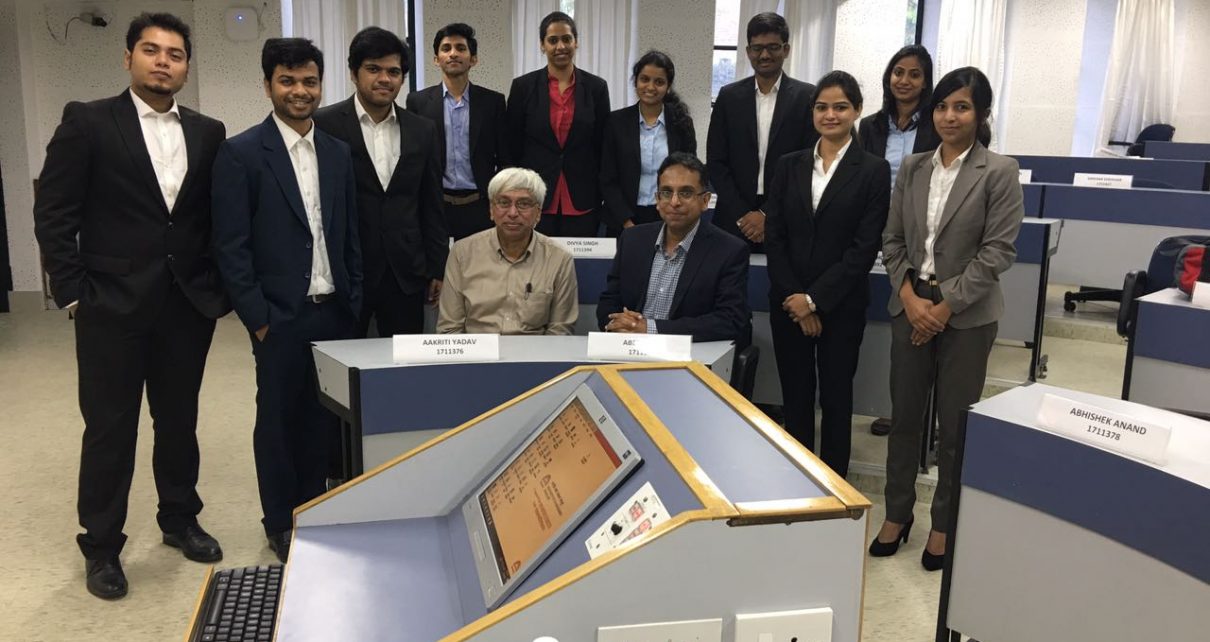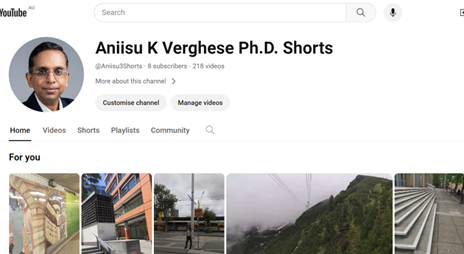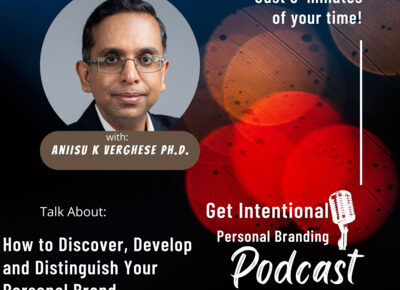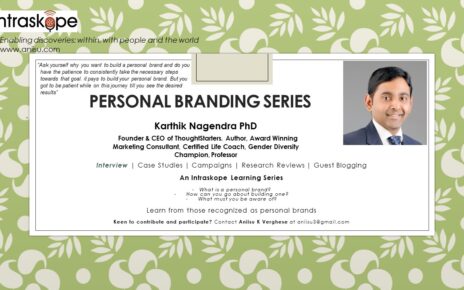Four minutes to present an idea, a plan or a proposal. A topic of your choice. A week to prepare. An audience you are familiar with. Should be easy to deliver an effective presentation, right? Wrong.
Presenting in public is among the top three fears people have and even seasoned presenters’ need loads of willpower, commitment and practice to be able to stand, deliver and engage audiences. Professor Bringi Dev and his group of academicians at the Indian Institute of Management, Bengaluru have been grooming students in their post graduate classes on managerial communication for a while and I had the opportunity to participate as a reviewer. I would say, my job was relatively easier – listening to numerous researched presentations (ranging from demand-supply to role of HR in culture building), gaining wonderful insights from a bunch of smart and bright students and giving feedback on how they can capture interest, improve their delivery and communicate messages succinctly.
The students were expected to state their assumptions (who their audience was and where they existed, which company or industry they referred to), structuring their address (content, primarily), delivery (pace, tone etc), visual aids (how they managed their props or slides, if any) and how they managed their time and what they portrayed (their poise, personality among others) The evaluation didn’t cover their in-depth knowledge of the subject.
Basis what I experienced I wanted to reflect on the nuances of presentation skills and what can help everyone (not just managers and leaders) get the most of the precious few minutes you get to deliver messages – at work or elsewhere.
That presentation skills are important for career success is probably underratedconsidering the time companies spend teaching employees how to convey messages effectively. Incidentally, students believe they are better prepared for learning outcomes – although employers think otherwise! Studies indicate that it isn’t just great content, voice or visuals that can interest audiences and keep them hooked. It also matters if you come across as authentic, trustworthy and inspiring.
Here are a few tips I can share about making effective presentations –
– Begin with the end in mind: If you want your audience to go away with one key message or take one action or change one behavior – what would that be? Starting with this can help you think better, sift through content that matter and prepare ‘back-up’ slides. I am not saying you even need slides in the first place! Often, just having a conversation and presenting without a Powerpoint pack can help you focus more on your audience and less on which slide you are on.
– Identify stories that relate: From the presentations that I listened to yesterday, the ones which stuck in my mind were those that had stories linking the topic – for example, a student shared the story of the Wright brothers and how they were inspired and what it means for HR to inspire employees in culture building. Identifying stories that connect is harder than we think. Consider your own life experiences, challenges at work, life altering decisions people took, personalities you admire or books you have read – stories are available if you search for them.
– Know and involve people: If you have insights into how your audience processes information (auditory, visual or tactile) that can be useful to prepare your presentation. Posing a challenge, making a seemingly controversial statement or sharing what can expect to see during the presentation can keep audiences glued to your presentation. I remember one speaker at a conference I attended who came in early and walked up and personally met each member of the audience and gave a firm handshake. He asked about their interests and that little extra effort by the speaker connected him to the audience well.
– Know if your audience is engaged: Distractions are everywhere – the environment and sounds, people texting on their phones, lighting in the room, conversations in the audience can all give you clues if people are connected to your presentation. You will know when you are losing attention and what you do to regain control is important.
– It’s ok to not know everything: When you present, the expectation isn’t for you to know it all. The audience is expecting you to have put in sincere effort in researching your subject, be able to differentiate between what is important to know versus good to know and bring in a perspective that can help them take a decision sooner than later. If you are asked a question that you don’t know it is best to say so rather than ‘wing’ it. Winging may sound like a wise thing to do when you in a spot but people can figure out a ‘fake’ response quickly. To know that you have fibbed can work against you. Instead, when you state your ignorance that does give you an advantage – people do perceive you as honest and open. Make it a point to note the question and find time to dig up the answer later.
– What’s next: What happens once I am done with what my content? How do I take action, or make a decision or change my behavior or get more details or connect with you later? Leaving it open ended can lead to confusion or mistrust. Leave your contact details or share references of your messages for easy access and you will gain credibility.
What must you avoid?
Avoid coming in the way of your slides. Having the slide projector light partially hover on the top of your head can be distracting to the readers. Test your slides to check if they are readable and are fitting on the screen. Having your audience strain and read the content can be taxing.
Stay firm on the ground and be aware of your body movements. Rocking back and forth can take the attention away from your content and delivery.
Often, presenters begin by stating how nervous they are or that they ‘weren’t sure if they will add value’ to the audience. You don’t need to apologize for your slides or how much time you took to prepare or anything else. By including such content in your introduction you are missing the opportunity to start with a bang and begin on a great note!
Prepare hard, practice harder and give it your best!
If you found this article useful, do follow me on Linkedin and subscribe to my blog at www.aniisu.com or www.intraskope.wordpress.com



